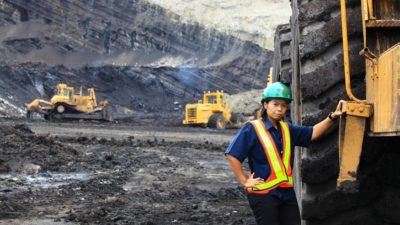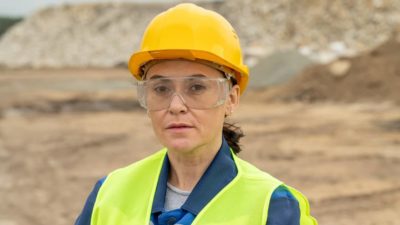S&P/ASX 200 Index (ASX: XJO) mining stocks have enjoyed a big run higher since iron ore hit recent lows of around US$78 per tonne in early November.
The industrial metal reached 2023 highs of US$132 per tonne on 15 March as traders remained confident of an uptick in demand amid China's ongoing pandemic reopening.
Despite a big retrace over the past month, with iron ore falling to US$120 per tonne last Wednesday and sliding to just US$102 per tonne as of this morning, big-name mining shares remain well up since early November.
Here's how the big three iron ore giants have performed since 1 November as at Monday's close:
- Rio Tinto Ltd (ASX: RIO) shares have gained 28%
- BHP Group Ltd (ASX: BHP) shares have gained 18%
- Fortescue Metals Group Ltd (ASX: FMG) shares have gained 41%
With that said, all three of these ASX 200 mining stocks are well into the red over the past week's trading.
That's because they all derive more than half of their annual revenue from iron ore.
And traders are getting more pessimistic about the outlook for demand out of China.
As for what to expect next in 2023, here's what the analysts at Citi are forecasting.
What can ASX 200 mining stocks expect from the iron ore price in 2023?
According to Citi analyst Wenyu Yao, investors in ASX 200 mining stocks should be prepared to see the iron ore price potentially fall to US$90 per tonne in 2023 before finding support.
That's due to lower steel production out of China's steel mills amid narrow profit margins.
According to Yao (courtesy of The Australian):
We have been cautious on China's steel demand and iron ore amid an uneven economic recovery and heightened policy risk, though things have unravelled sooner than our base case. We see potential risk for further downside below $100 a tonne if steel demand fails to show meaningful improvement.
Of course, the Chinese government might step in with some incentives to re-energise the markets.
Lacking that, however, Yao said, "Without meaningful stimulus, any major turnaround in steel demand from major end use sectors would likely be delayed."
Yao added:
The shoe seemed to be finally dropped for iron ore as operating rate at blast furnaces has rolled over as well as hot metal productions.
Open interest remains elevated in iron ore, suggesting further room to go from current level.
And the lower production out of China's steel mills is likely to take some time to have an impact. Yao expects the reduced production to offer "cost support" for iron ore at US$90 per tonne.
That further 11% slide from today's iron ore prices could throw up some more headwinds for the ASX 200 mining stocks in 2023.
"The weak steel demand and steelmaking margins have started to negatively feed through into the iron ore market as hot metal production growth started to roll over and port inventory started to build," Yao concluded.
"Liquidation of speculative positions may have expedited the downside move."
How have BHP, Fortescue and Rio Tinto shares been tracking longer term?
All three of the ASX 200 mining stocks are well up over the past six months, with iron ore trading above its late October levels.
Over the past full year, BHP shares are down 3%, Rio shares have gained 4% and the Fortescue share price is up 5%.








